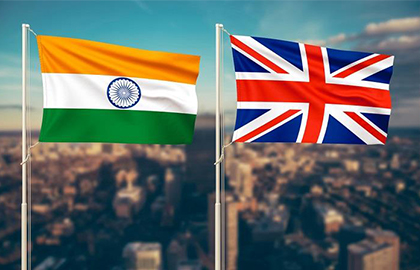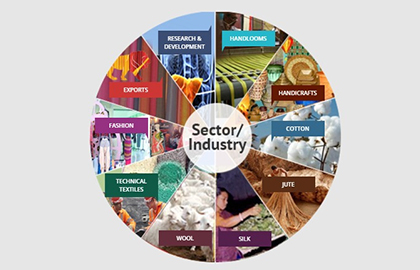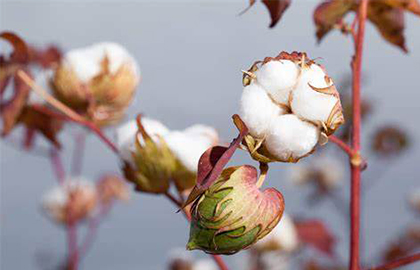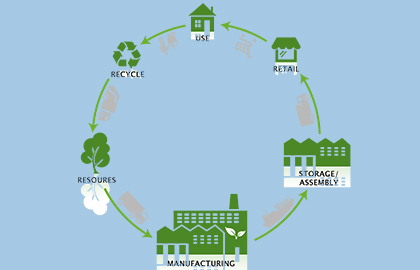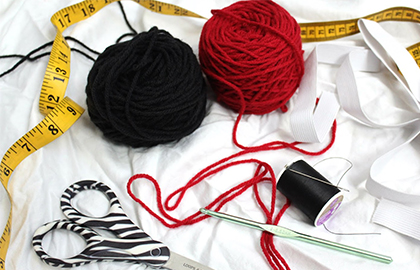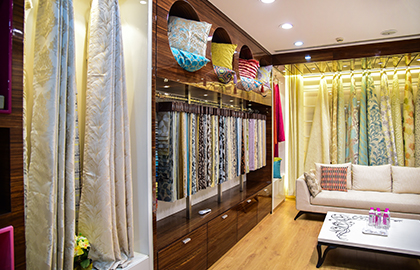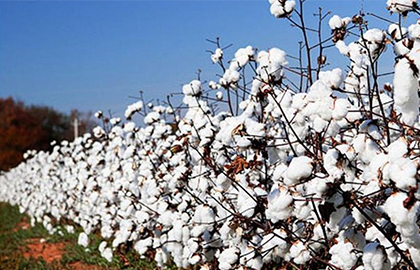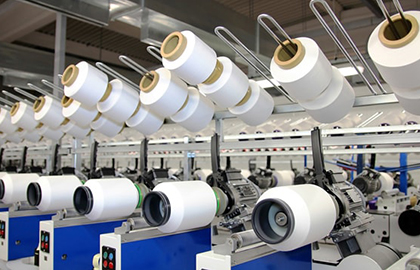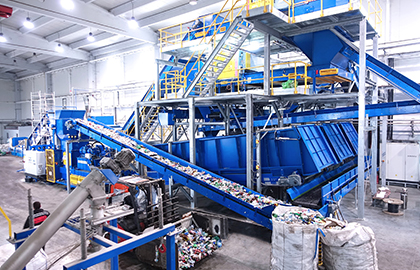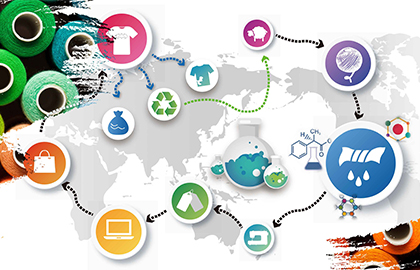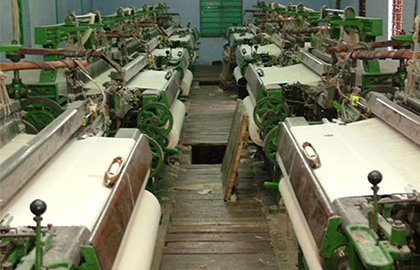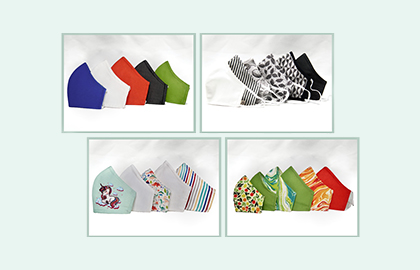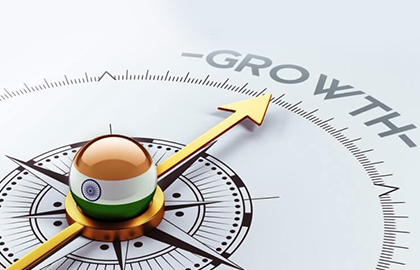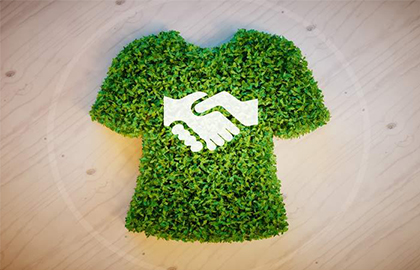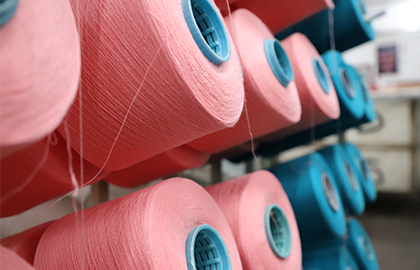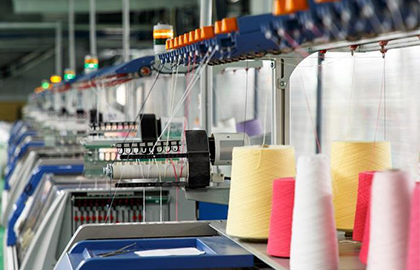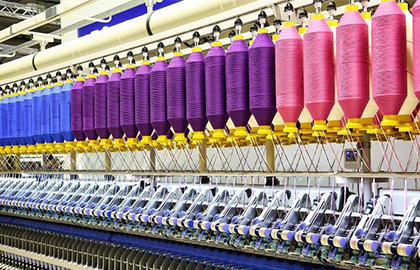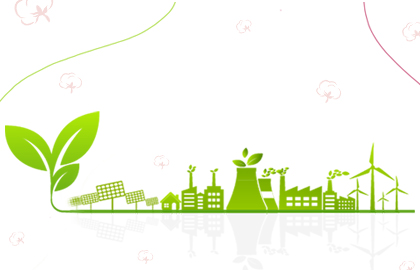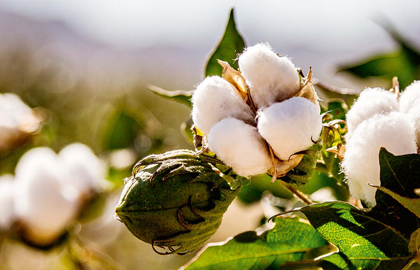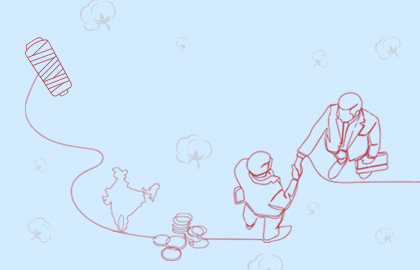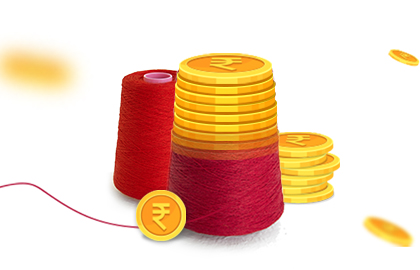
Sustainability is the Chosen Path for Textile Industry
Characteristics of Sustainable Fashion
The textile industry is the second largest sector of global trade market, in terms of economic activities, with the market estimated to reach USD 1,230 billion by 2024, from USD 920 billion in 2018. However, being a lucrative market on one end, the industry is like a double-edged sword, which requires a high level of monitoring and adaptation to proper guidelines to reduce its side-effects on the environment. The goal of sustainable fashion is to create flourishing ecosystems and communities through its activity. This may include: increasing the value of local production and products; prolonging the lifecycle of materials; increasing the value of timeless garments; reducing the amount of waste; and to reducing the harm to the environment created as a result of production and consumption. Another of its aims can sometimes be seen to educate people to practice environmentally friendly consumption by promoting the "green consumer".
To begin with, sustainability in the textile and clothing industry has gone beyond just using organic materials and efficient processes. The textile chain consumes a huge amount of water and energy, along with the use of various chemicals and harmful substances. Most of the textile industries discharge a huge amount of harmful waste, posing a threat to natural bodies. There is a dire need to adopt newer methods of manufacturing, which do not hamper the environment, and to utilize natural resources, to help us not only sustain the textile industries but the eco-system as a whole.
The textile industry needs to keep track of sustainability at every step of its production. As a whole, it can be outlined to include the following measures:
• Utilization of natural resources water and energy in production processes.
• Availability of raw materials which are sustainable in the long-run
• Handling of chemicals in processes like dyeing and coating
• Disposal and treatment of waste material
• Adherence to guidelines to eliminate health-risks of workers, as well as consumers
• Animal cruelty norms in the procurement of wool, silk, fur, etc.
In 2015, United Nations members adopted the 2030 agenda for Sustainable Development, which consisted of 17 Sustainable Development Goals (SDG) for various industries. The textile industry adapted 5 out of these 17, which we're related to – Climate Action, Gender Equality, Responsible production & consumption, Clean Water & Sanitation, and decent work & economic growth. Various internationally acclaimed standardizations and autonomous accreditations were set, which became a yardstick for measuring the sustainability of any company. Textile companies worldwide are actively contributing to pollution-reduction practices and setting up emission targets for controlling climate change.
For Sutlej Textiles, sustainability is an important tenet of its corporate mission and as an organisation we have taken specific measures. Some of them are
• Set up a 120 tonnes-per-day Recycled Polyester fibre plant, than converts PET bottles into spun polyester fibre that are used mostly for captive consumption
• Adopting Renewable Energy sources (Solar PV) to power our factories,
• Zero-Liquid Discharge (ZLD) effluent treatment system with 90 percent water recovery,
• Ensuring abundant plantation of trees in the factory premises and our housing colonies to improve the Green Cover,
• Continuous replacement of older-generation machines with more Energy-Efficient designs,
• Installation of Energy-Efficient lighting systems across the factory layout
The product development and manufacturing practices supporting Sustainability have earned Sutlej Textiles accreditations, which include Global Organic Textile Standards (GOTS), Global Recycled Standards (GRS), SA-8000 Certification (Ethically Correct Certified), Organic Content Standard (OCS-IN), OEKO-TEX (Standard 100).
If textile industry wants to make conscious progress without further endangering nature, companies should take implement manufacturing practices which reduces carbon footprint, invest in research & development to use sustainable raw materials and produce environment-friendly finished products. Many international clothing brands are today leading the Sustainability Mission as they are best placed to drive consumer opinion and also back-link it to production & sourcing practices.
Characteristics of Sustainable Fashion match the philosophies of "slow fashion" in that emotional, ecological and ethical qualities are favored over uniform and bland convenience. Slow fashion challenges growth fashion's obsession with mass-production and globalized style and becomes a guardian of diversity. It changes the power relations between fashion creators and consumers and forges new relationships and trust that are only possible at smaller scales. It fosters a heightened state of awareness of the design process and its impacts on resource flows, workers, communities, and ecosystems. Slow fashion often consists of durable products, traditional production techniques or design concepts that strive to be season-less or last aesthetically and materially for longer periods of time.
The brands who championed the cause on global scale were Patagonia and ESPRIT; the other recognised brands in this category are Monsoon, EILEEN FISHER, Sézane, Fair Trade Winds, Alternative Apparel, Pact, Reformation, Everlane, Boden, United by Blue, Outerknown, Outdoor Voices, Girlfriend Collective, Prana, DL1961's denim, Mud Jeans and notable Indian brands Fab India, Ka-Sha, Upasana, Doodlage, No Nasties.

